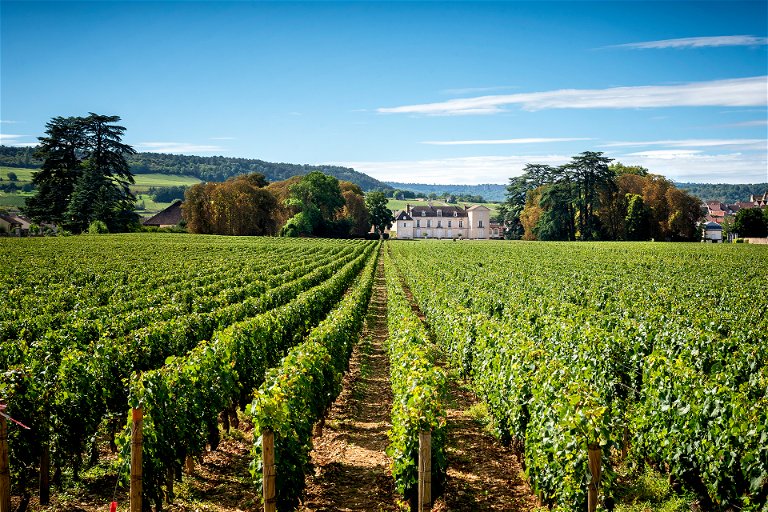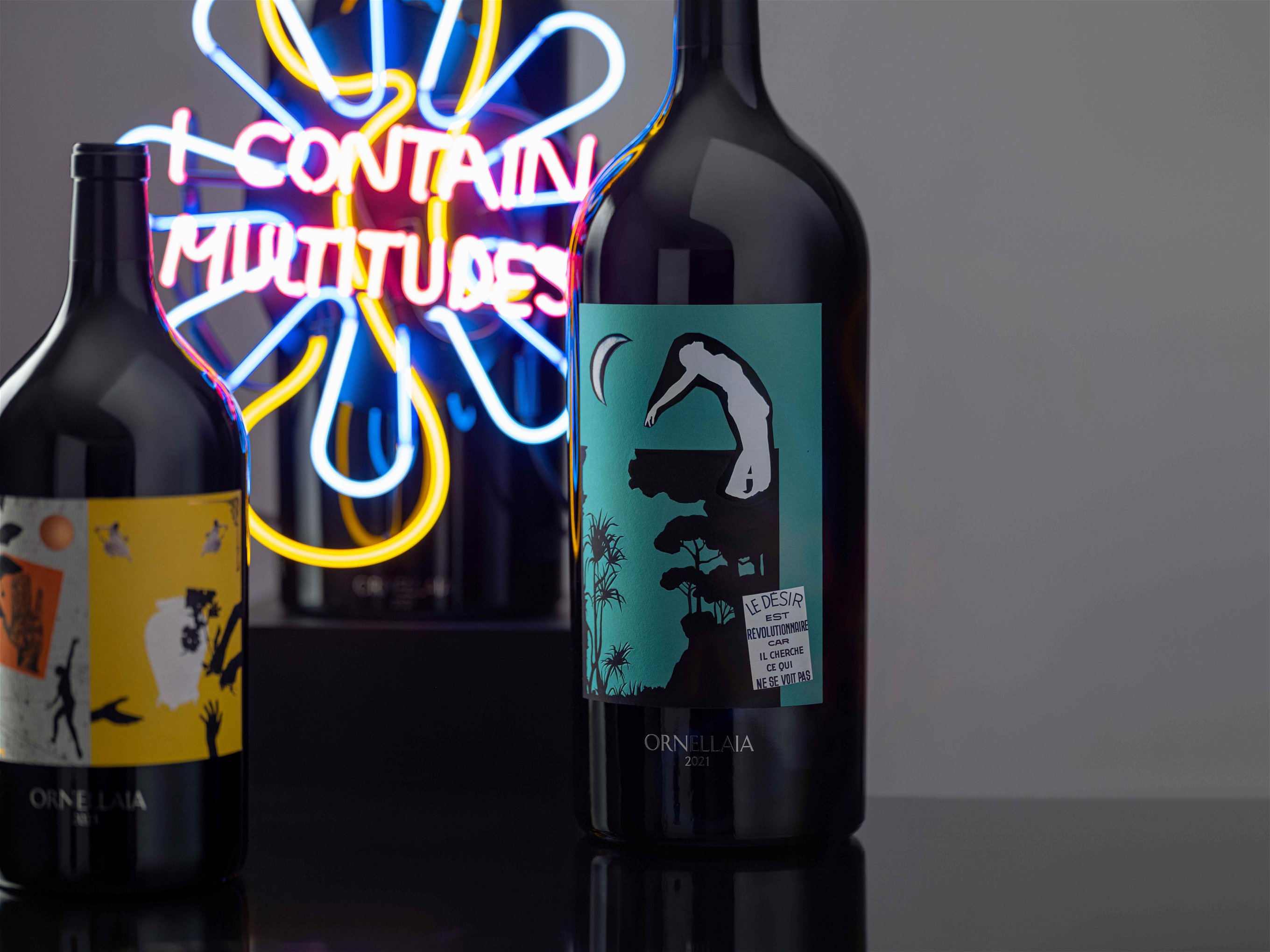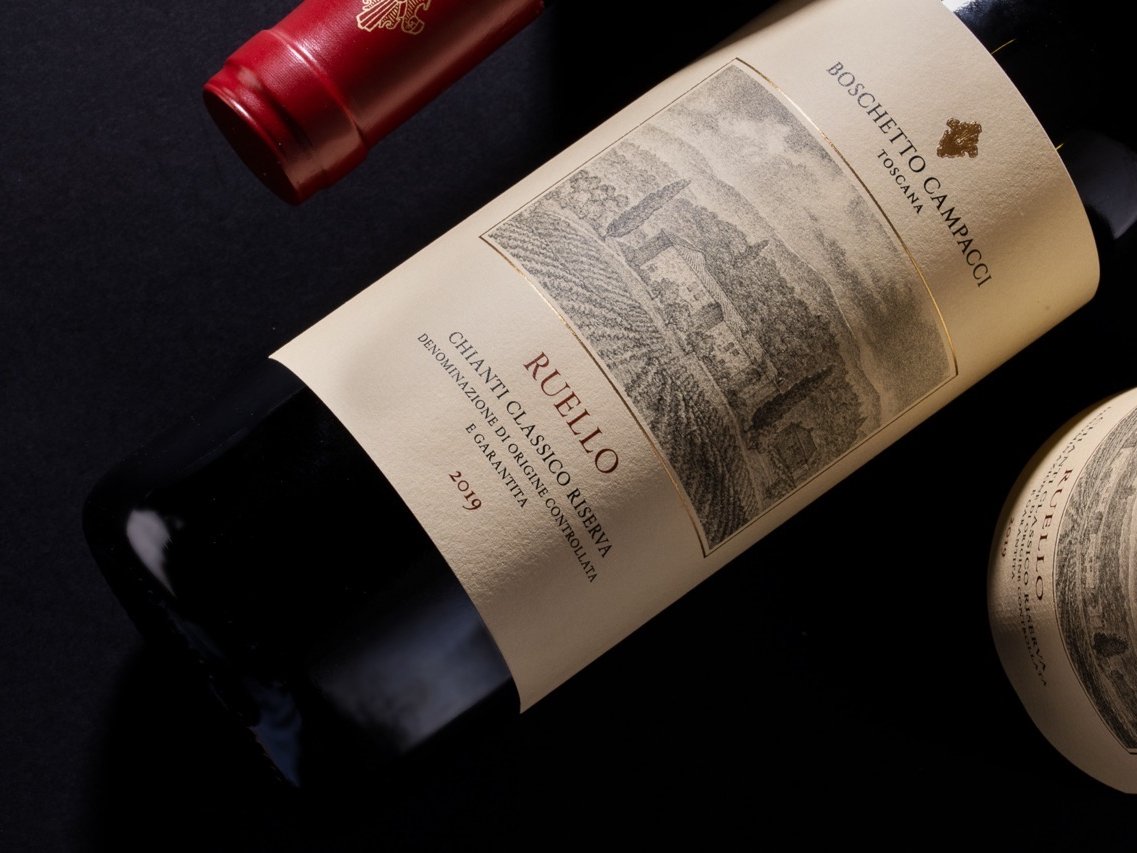Five tips for sniffing out good value in Burgundy
There’s no such thing as cheap Burgundy these days, but for those keen to spend a limited budget wisely, there are still some rewarding paths to explore.
Here are five tips to get your treasure hunt underway.
1. Not all Bourgogne Rouge is created equal
Don’t dismiss Burgundy’s most lowly classification. Yes, officially, these wines can be made with grapes sourced from all over the region, but many of the top producers take real pride in their humble Bourgogne Blanc and Bourgogne Rouge, lavishing them with the same expert care as their top expressions. After all, when your name is on the label, then why dilute a strong reputation?
Patrick Javillier’s Cuvée Oligocène may come from vineyards lying just outside the appellation borders of Meursault, but this Bourgogne Blanc punches well above the weight of many wines bearing that desirable name on their label. Top Volnay producer Domaine de Montille may be forced to label one wine as Bourgogne Rouge thanks to the addition of some red Puligny-Montrachet fruit, but the result still very much captures the elegance for which this estate is known.
2. Consider Chablis
Even pretty unremarkable Meursault or Chassagne-Montrachet is expensive these days. Trade up to the smartest crus of the Côte de Beaune, and your white wine budget can start to feel rather strained. If that’s the case, then it’s time to turn to the far northern end of Burgundy and take a fresh look at Chablis.
The supermarkets may be awash with basic Chablis, and climate change certainly poses challenges here, but the best producers are balancing their riper, richer fruit with this region’s trademark mineral drive to delicious effect. It doesn’t take much digging to realise you can be drinking serious premier cru Chablis for the price of village appellations in the Côte de Beaune. Or treat yourself to grand cru Chablis for a price tag at which many premier cru appellations further south now sit cruelly out of reach.

3. Embrace good négociants
There’s so much buzz around the exceptional wines made – often in frustratingly tiny volumes – by small growers that it’s easy to overlook Burgundy’s proud tradition of négociants. That’s a mistake. They may not grow the grapes themselves, but that doesn’t mean quality demands are any less rigorous. On the quantity front, négociants’ ability to draw on a large number of fruit sources means there’s often more wine to go around.
Famous Burgundian names such as Drouhin, Faiveley and Jadot combine centuries of négociant expertise with a considerable vineyard portfolio of their own, often in very highly regarded sites. Another established name, Domaine Chanson, has enjoyed a notable quality revival in recent years. Then there’s a modern breed of smaller négociants, often talented young winemakers priced out of vineyard ownership. Look out for names such as Benjamin Leroux and Australian ex-pat Jane Eyre.
4. Find wines that punch above their official classification
No classification system is perfect. Boundaries can often feel arbitrary, some decisions are steered by politics, and there are several factors that can lead producers to declassify smart fruit. For the value-conscious wine lover, this presents opportunities to secure wines that have been denied greater prestige by nothing more than the cruel stroke of a bureaucrat’s pen.
Time spent on the ground, either by you or your wine merchant, is critical here. Gevrey-Chambertin premier cru Clos St Jacques often compares favourably both in terms of quality and terroir with this commune’s famous grand crus. Although Nuits-St-Georges has no grand crus, premier cru Les St Georges is widely touted as a worthy candidate for promotion. There are no cheap wines from star producer Jacques-Frédérique Mugnier, but his entry level Chambolle-Musigny looks rather enticing when you consider that it contains declassified fruit from younger Musigny vines.
5. Look for the rising stars
Track record plays a justifiable role in certain producers’ price premium. After all, there’s great pleasure in following certain domaines year after year, building confidence in their wines’ consistency and proven ability to age. But sometimes, an exciting young gun emerges onto the scene. Identify new talent before the crowd, and your risk will be rewarded with keener prices than can be found among established stars.
Burgundy’s supply and demand equation means few talents stay hidden for long. Since taking over from his father in 2001, Laurent Fournier has done much to attract attention both to Domaine Fournier and its relatively low-profile commune of Marsannay. It’s not easy to be an outsider in this tight-knit community, but micro-négociant Mark Haisma has energetically sourced grapes since his first Burgundy vintage in 2009 with exciting results.












